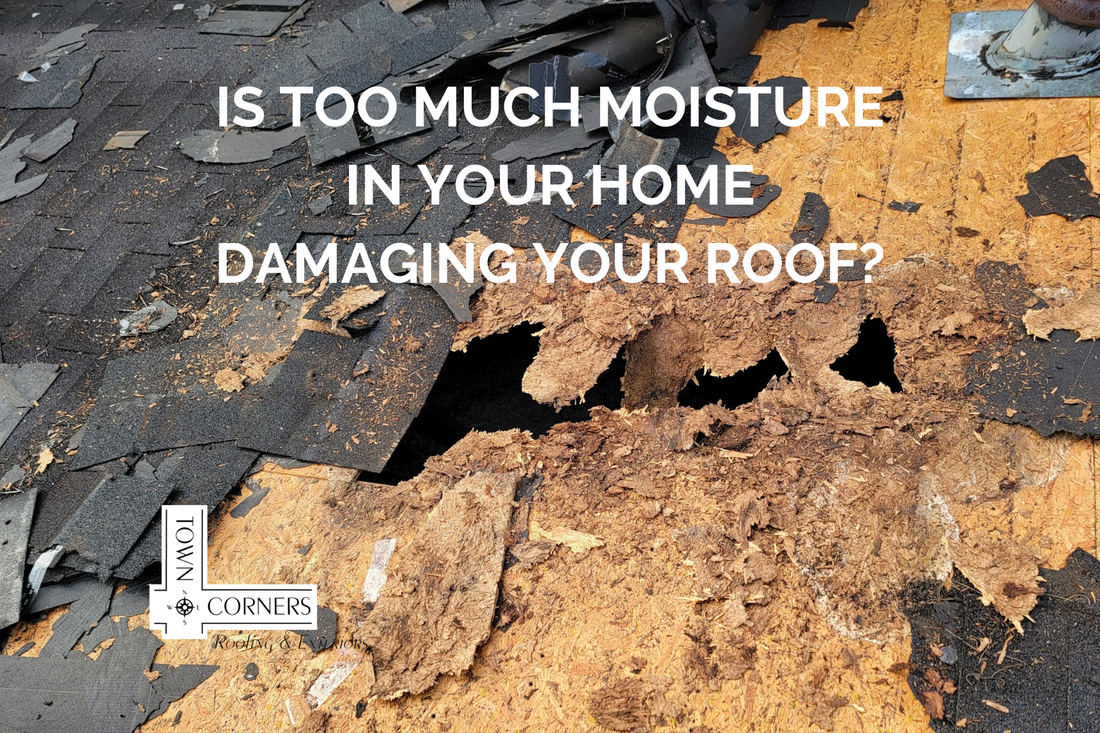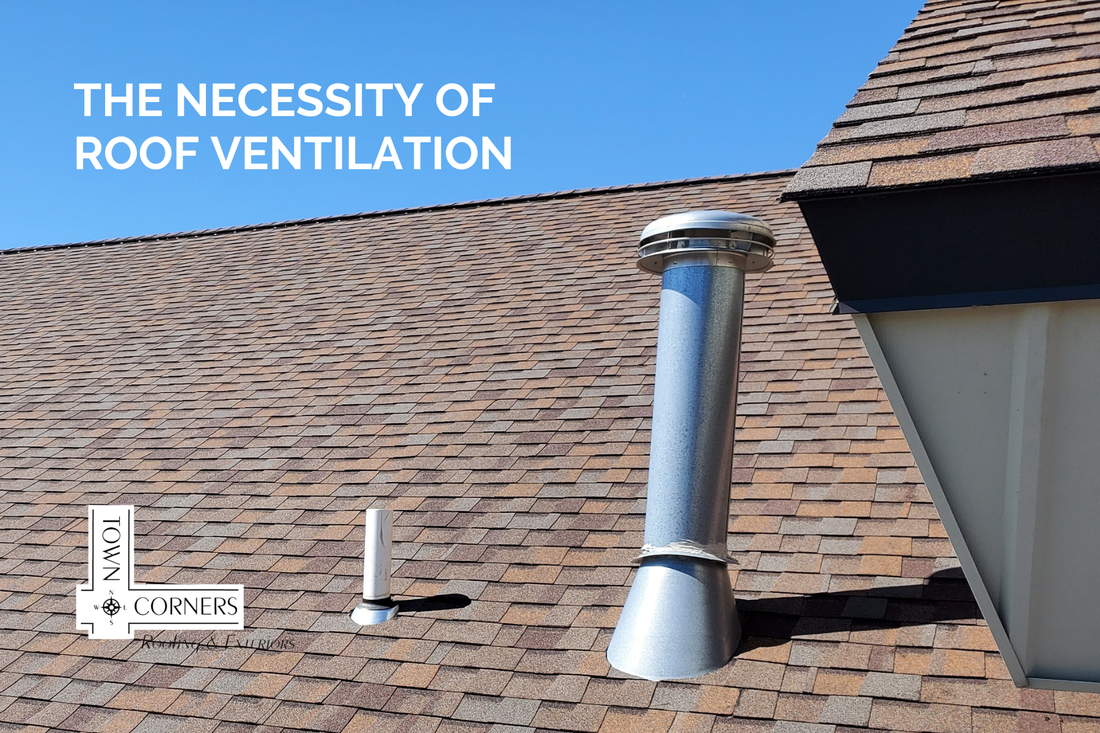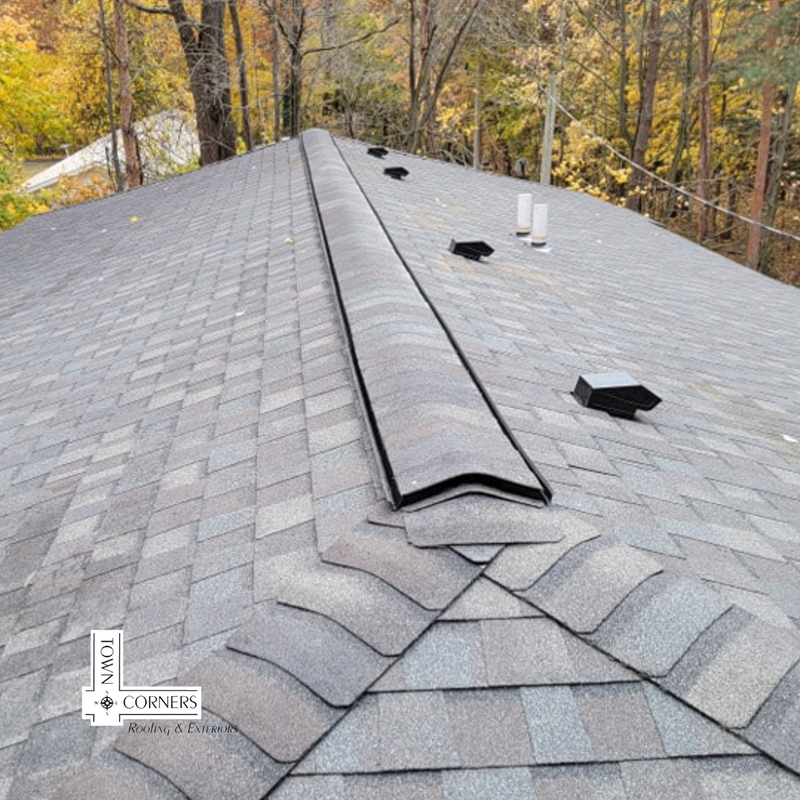|
Winter is coming; will you know what to do when ice bites at the nails of your roof?
Read on to identify the signs of excessive moisture in your home and understand the control protocol. So, you can look out for your roof and your well-being. Protect Your Home and Health You should take moisture seriously because it leads to the buildup of mildew. It’s a health hazard for all residents and can eventually cause your roof to collapse. Ten Signs of High Humidity In the Home Here are ten signals of a moisture problem:
How Moisture Damages Your Roof Along with the interior of your home, your roof will increasingly crumble when moisture gets out of hand. Extra moisture can occur when you have:
If you have a leak in your roof, the rain will seep through the cracks into the attic. In addition to a roof leak, all other causes of moisture can develop mold that will deteriorate the roof sheathing, and shingles may curl. How to Eliminate Moisture First, you need to find the cause of the moisture infiltration and a way to control it. A roofing professional can assess the situation and determine if it is a leak in your roof, poor ventilation, or another problem. Finally, ensure to waterproof your roof and house and seal all air leakages. There are abundant indications that water is hurting your home. Mold is dangerous; it’s crucial to control the moisture. If you’re experiencing any of these warning signs, call Town Corners Roofing and Exteriors for a roof inspection today! Your house is feeling a bit toasty, and you wonder if you have sufficient roofing ventilation. Probably not. The lack of temperature control is one of the many warning signs of improper ventilation. You’ll want to contact a roofer for an inspection. All homeowners need a working ventilation system to protect their homes during the hot and cold seasons. The Importance of Ventilation In Your Home When your roof overheats or condensation accumulates, the residents of your home may have health risks. Proper ventilation reduces these occurrences. However, when your home can’t control temperature and moisture, you’ll notice higher energy bills, mold growth, and damage to your siding, gutter, and shingles. What Does Ventilation Do?
Roof vents allow air to flow through the attic and escape through them, simultaneously clearing wet and hot air. The types of vents include:
You need a professional roofer to build a ventilation system customized for your home. The rule is to install one vent for every 300 square feet. If you don’t have a water barrier, install one per every 150 square feet. How Roof Ventilation Works Ventilation works by implementing the stack effect and the wind effect, which rely on exhaust (hot air) and intake (cold air). The stack effect happens when exhaust rises in the attic, causing high pressure at the high points of the roof. In addition, when the wind hits the roof, the wind effect increases the intake and exhaust. Therefore, hot and cold air is essential for natural circulation. It takes a professional to create a proper ventilation system that guards your individual home. So don’t wait; call Town Corners Roofing and Exteriors for a FREE inspection before the cold arrives! |
<--- BACK TO HOMEMORE ROOFING NEWSArchives
June 2024
|






 RSS Feed
RSS Feed
